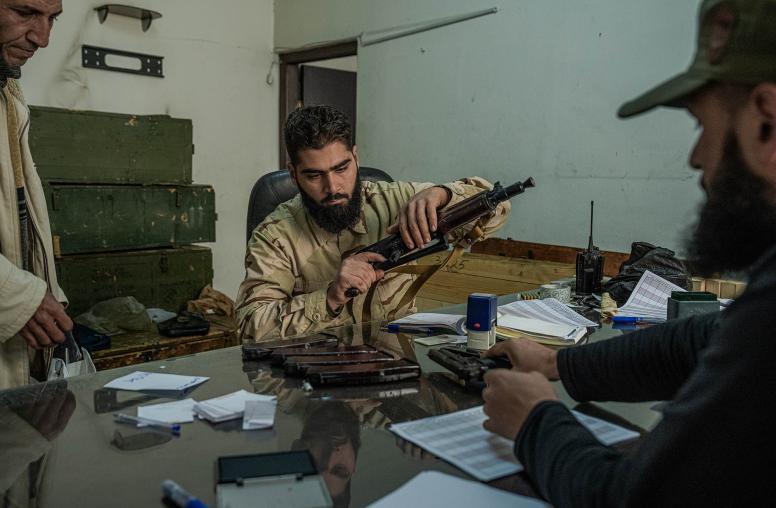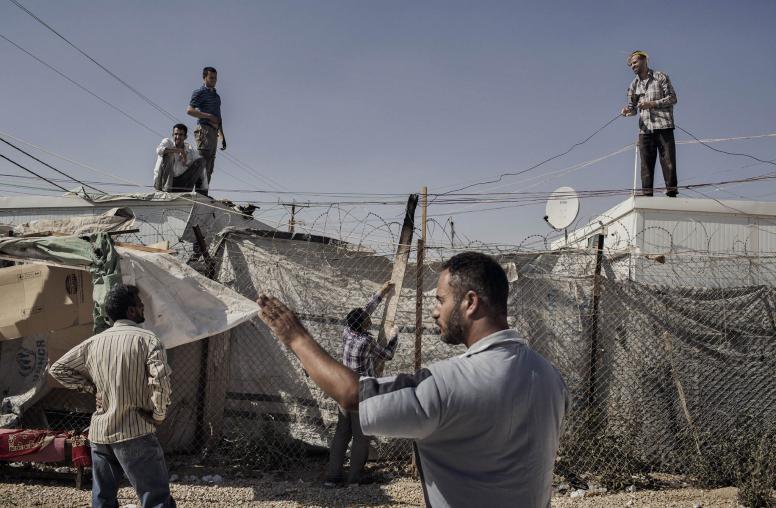Syria’s Sectarian Ripples across the Gulf
This Peace Brief, one of a five-part series on sectarianism in the Middle East, reviews how the Syrian crisis has affected the Gulf Arab states.
Summary
- Like the Iraq war and, to a lesser extent, Lebanon’s 2006 war, Syria’s internecine conflict has enabled the Gulf’s ruling families, media commentators, clerics, parliamentarians, and activists to invoke and amplify Sunni-Shia identities, often for goals that are rooted in local power politics.
- By-products of the mounting sectarian tension include the fraying of reform cooperation among sects and regions, and pressure on the Gulf’s formal political institutions.
- Traditional and social media have served to amplify the most polarizing voices as well as provide reform activists new means for cross-sectarian communication that circumvent governmental efforts to control or block such activities.
About This Brief
Frederic Wehrey is a senior associate in the Middle East Program at the Carnegie Endowment for International Peace. His research focuses on political reform and security issues in the Arab Gulf states, Libya, and U.S. policy in the Middle East more broadly. He is the author of the forthcoming book, Sectarian Politics in the Gulf From the Iraq War to the Arab Uprisings (Columbia University Press, December 2013). This Peace Brief is one in a five-part USIP series on sectarianism in the Middle East.


